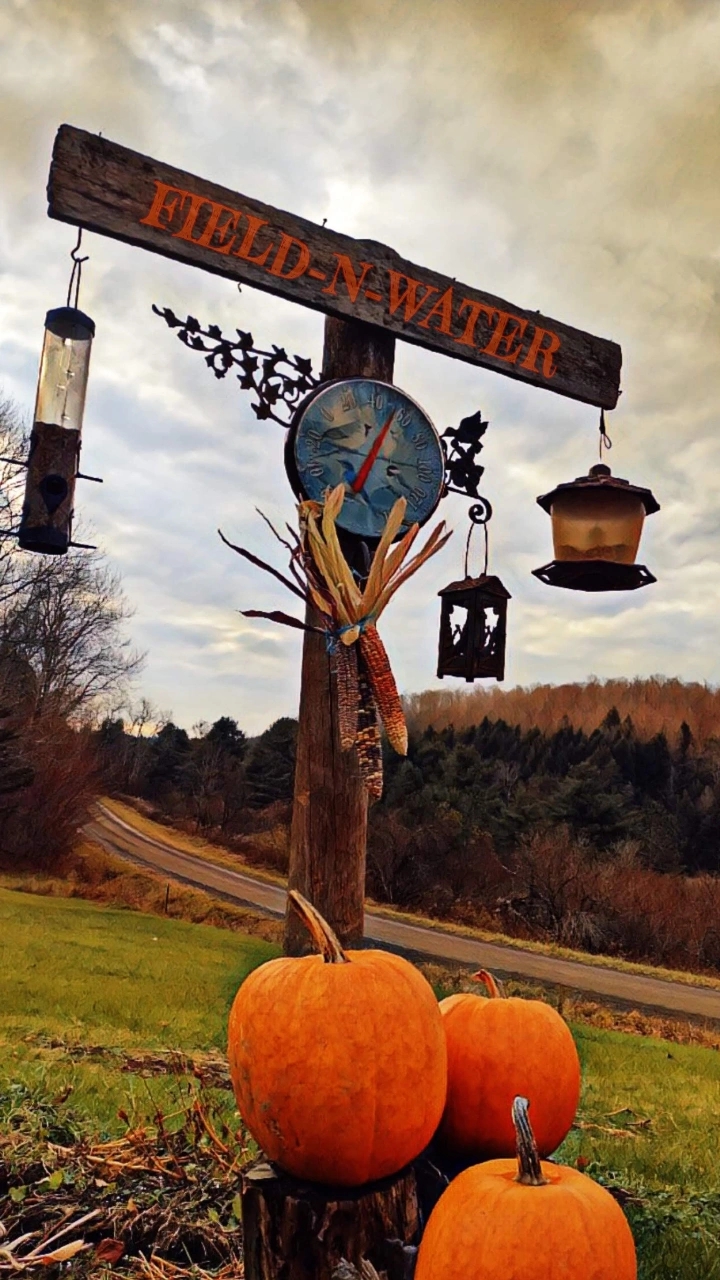A North American Beauty

The Rose-breasted Grosbeak (Pheucticus ludovicianus) is a medium-sized bird found in North America. With its striking black and white plumage and bright red breast, the male rose-breasted grosbeak is a favorite among birdwatchers. In this article, we will explore the identification characteristics, history, range, and habitat of this beautiful bird.
Identification Characteristics:
Male rose-breasted grosbeaks have a distinctive black and white plumage, with a bright red breast that extends down to their belly. The head is black, and the back is black and white striped. They have a thick, conical beak and white wing patches that are visible when in flight. Females have a streaky brown and white pattern, with a yellowish or tan breast.
Rose-Breasted Grosbeak History:
The rose-breasted grosbeak was first described by Carl Linnaeus in 1758. The name “grosbeak” comes from the French word gros-bec, which means “thick beak.” The species has a wide range, with populations found throughout North America. In the 19th century, these birds were popular as cage birds due to their beautiful plumage, and their populations suffered as a result. However, their numbers have since recovered, and they are now considered a species of least concern.

Range and Habitat:
Rose-breasted grosbeaks are migratory, breeding in the northern parts of North America during the summer months and then flying south for the winter. Their breeding range extends from southeastern Canada to the northeastern United States. These birds can be found in Central America, northern South America, and the Caribbean.
These birds inhabit deciduous forests, where they feed on a variety of seeds, insects, and fruits. They are also commonly found in suburban areas with mature trees and shrubs. They typically nest in trees, with the female building a cup-shaped nest made of twigs, grasses, and other materials.
Rose-Breasted Grosbeak Conservation:
Rose-breasted grosbeaks are not considered to be endangered or threatened. But their populations can be affected by habitat loss and fragmentation. To support these birds, it is important to protect their habitat by preserving forests and reducing the use of pesticides that can harm their food sources.
In conclusion, the rose-breasted grosbeak is a beautiful bird species. With a wide range and fascinating history. With its striking plumage and melodic song, it is a favorite among birdwatchers and nature enthusiasts. By protecting their habitat and reducing human impact, we can help ensure the continued survival of this beloved bird.

Leave a Reply
You must be logged in to post a comment.